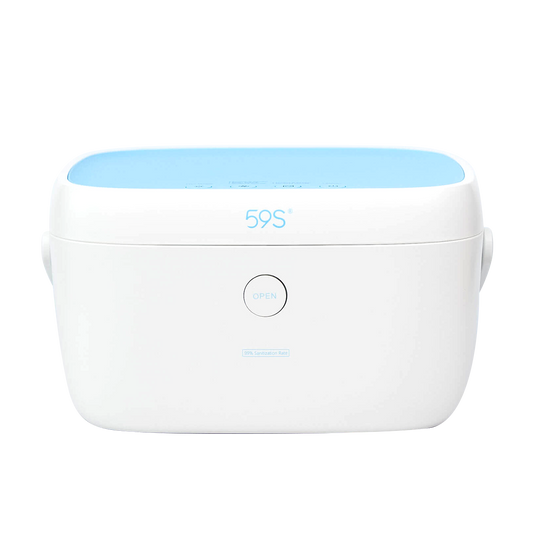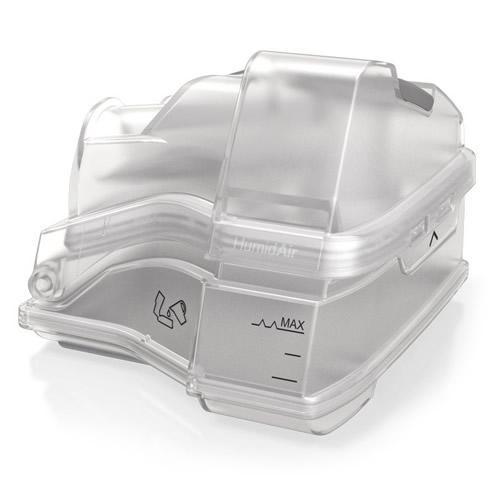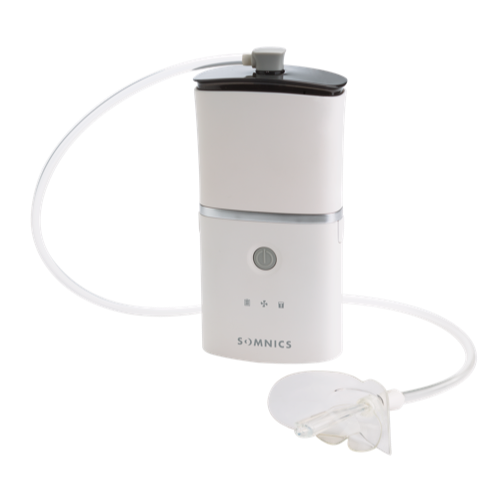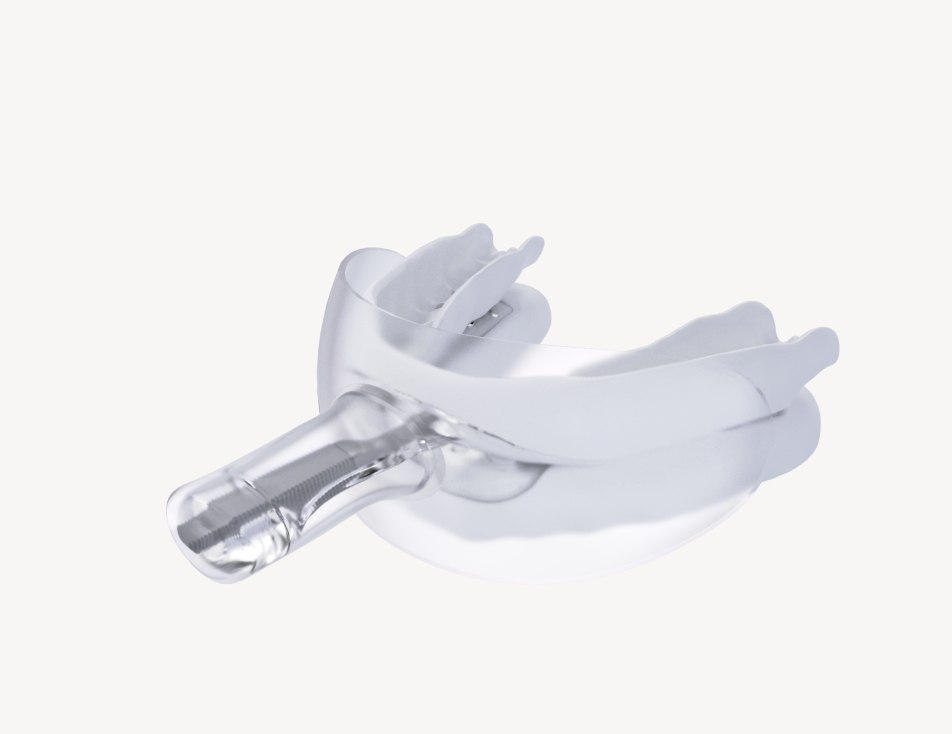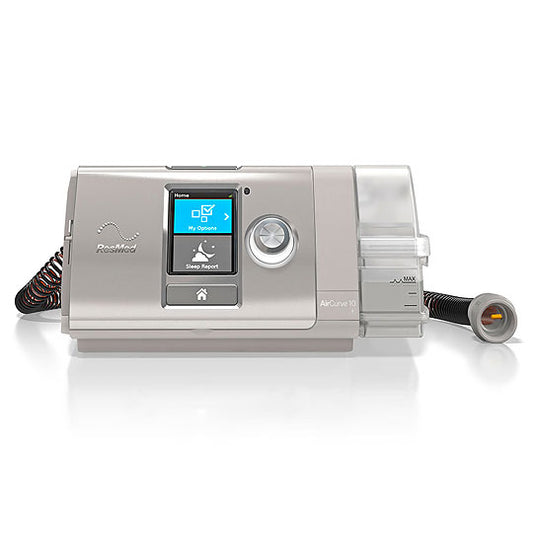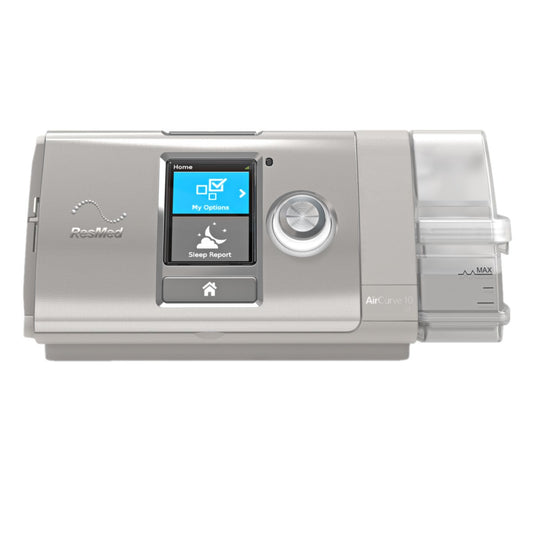Explore CPAP Therapy and Supplies
-
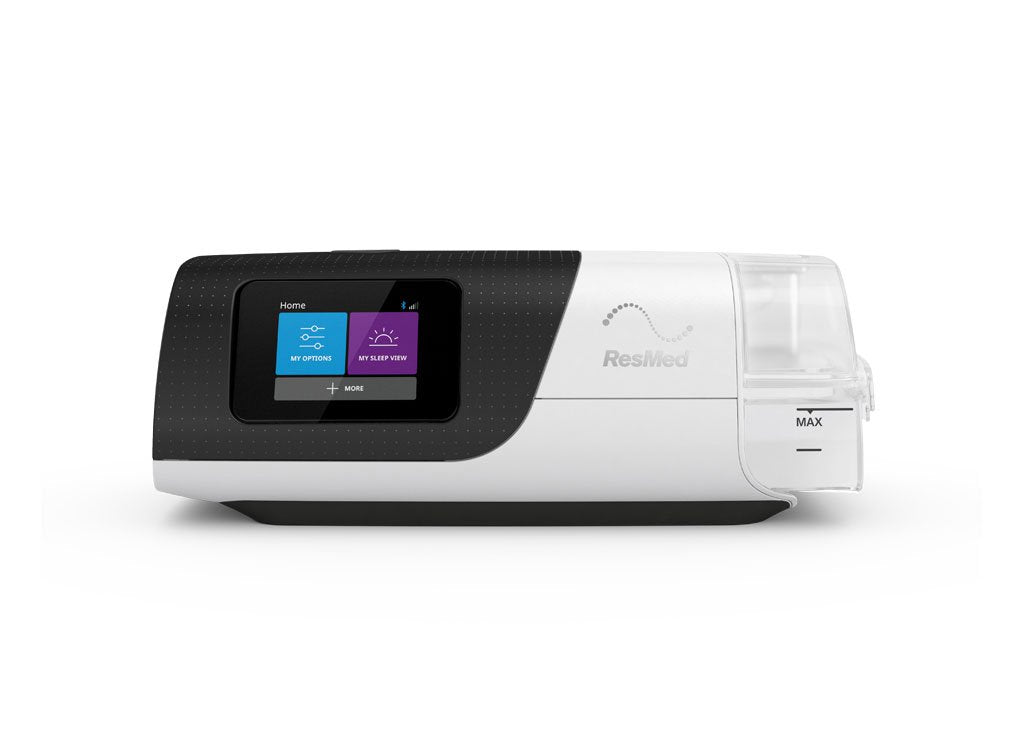
CPAP Machines
This collection includes various types of CPAP machines including: APAP or auto-titrating...
CPAP Machines
-
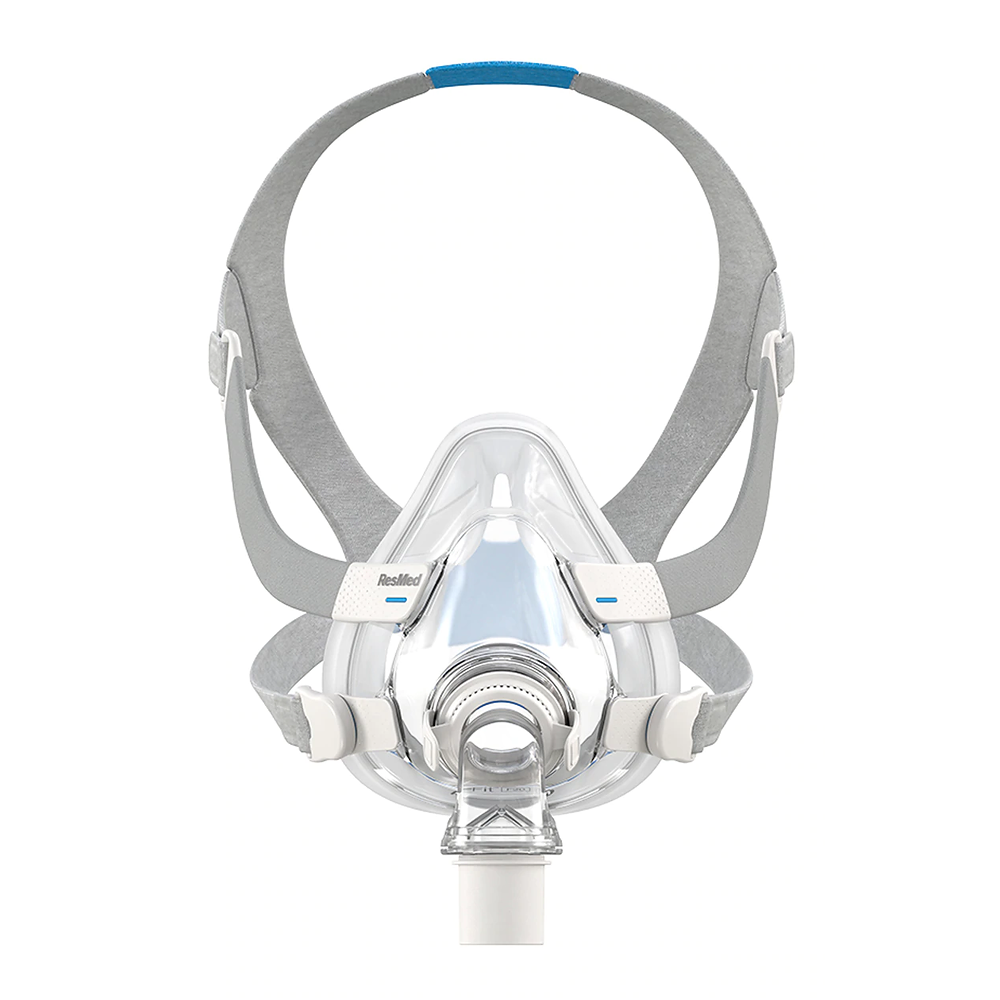
CPAP Masks
We carry a wide assortment of sleep apnea masks, including ResMed and...
CPAP Masks
-
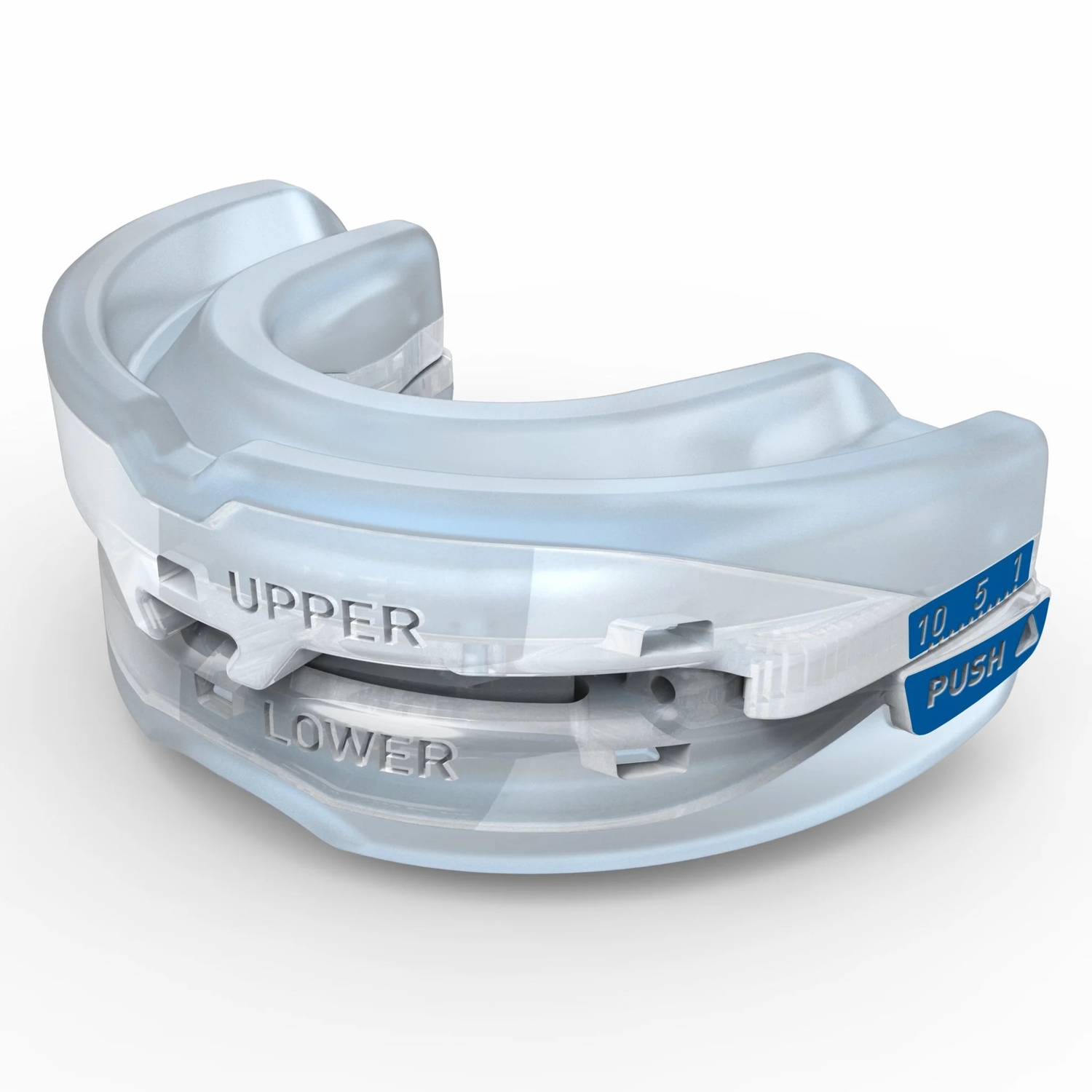
CPAP Alternatives
CPAP Alternatives
-
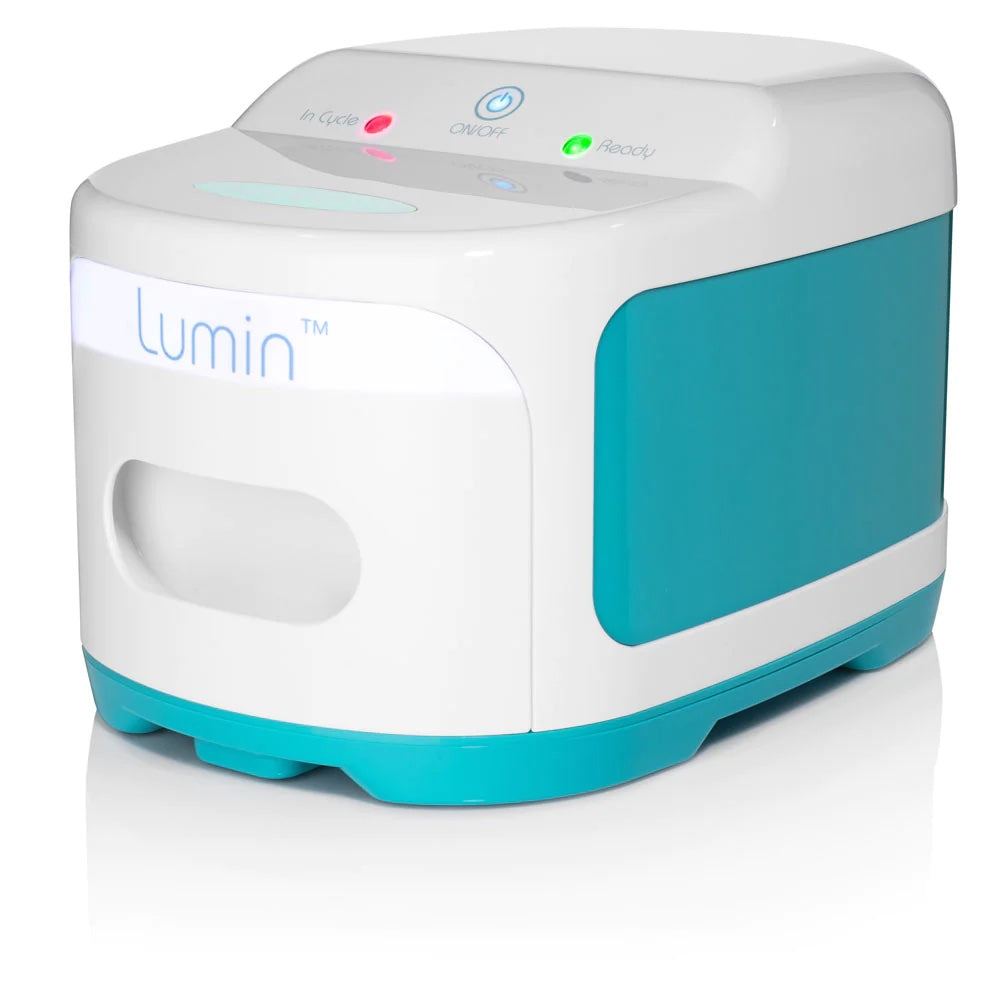
CPAP Accessories & Comfort
CPAP Accessories & Comfort
Getting Good Sleep Starts with a Home Sleep Test
Sleep Doctor
At-Home Sleep Study
Sleep products backed by science and rigorously tested
-
Recommendations you can trust
-
Medically reviewed products
-
Third-party tested and certified
-
Fact-checked and latest information
Sleep Doctor is the only online shop I trust for the best products and recommendations. I’ve never slept better!
Janessica B.
Discover More About Sleep Apnea and CPAP
-

What is Sleep Apnea?
Sleep apnea is a common condition that affects millions of people. Find out what causes sleep apnea, who is at risk, and how it can be treated.
Read More -

How to Find the Right CPAP Machine For You
CPAP is the most common treatment for sleep apnea. Learn about how CPAP works, the benefits of CPAP treatment, and tips for resolving common issues.
Read More













